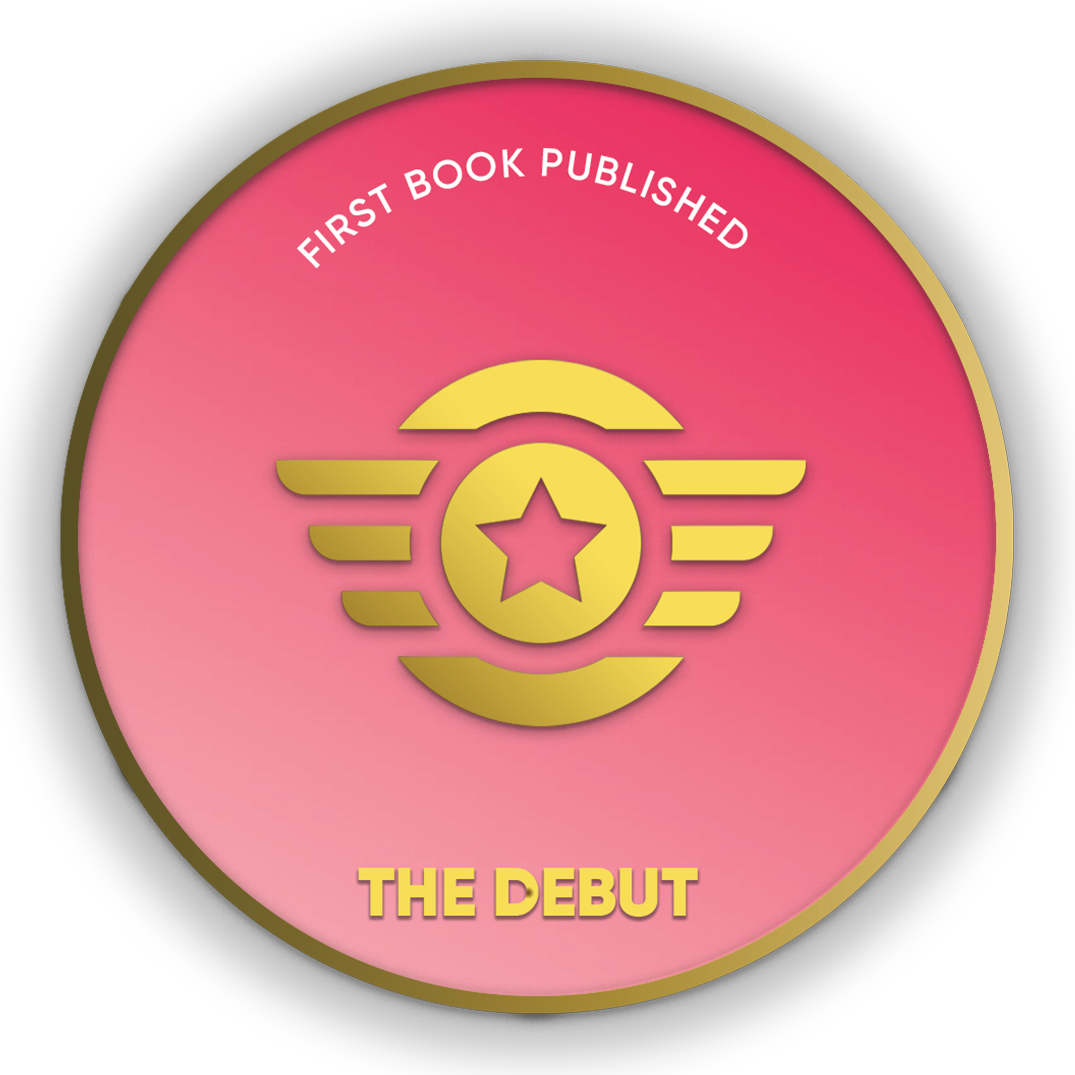Did you know that the official name of Bharat was adopted as “India, that is Bharat” only a few decades ago in 1950 through the Constitution of India.
While, the Indian civilization goes back thousands of years, Bharat was known as the “Golden Bird” (Sone ki Chidiya), as it was a land of unparalleled wisdom, wealth, and creativity. Bharat’s prosperity in knowledge, culture, and trade was acknowledged globally.
Rishis (male sages) and
Did you know that the official name of Bharat was adopted as “India, that is Bharat” only a few decades ago in 1950 through the Constitution of India.
While, the Indian civilization goes back thousands of years, Bharat was known as the “Golden Bird” (Sone ki Chidiya), as it was a land of unparalleled wisdom, wealth, and creativity. Bharat’s prosperity in knowledge, culture, and trade was acknowledged globally.
Rishis (male sages) and Rishikas (female sages) were the torchbearers of this golden era, serving as scientists, scholars, and spiritual guides. They made groundbreaking contributions to fields like mathematics, astronomy, medicine, and philosophy. Rishi Kanada, for instance, proposed the atomic theory, while Rishika Gargi and Maitreyi engaged in profound philosophical debates, showcasing the intellectual depth of ancient India.
Bharat was also home to some of the world’s first universities, such as Nalanda and Takshashila, which attracted scholars from across the globe. These institutions offered a diverse curriculum, including subjects like medicine, astronomy, and the arts, fostering a culture of learning and innovation. Ancient India’s textile industry was renowned worldwide, with fine cotton and silk fabrics being highly sought after in global trade. Music, too, flourished, with the development of classical ragas and instruments like the veena and flute, which continue to influence global music even today.
The facts presented in this book gives a peek into the golden era of Bharat and spark curiosity in children to explore more about the rich culture and history of Bharat.















